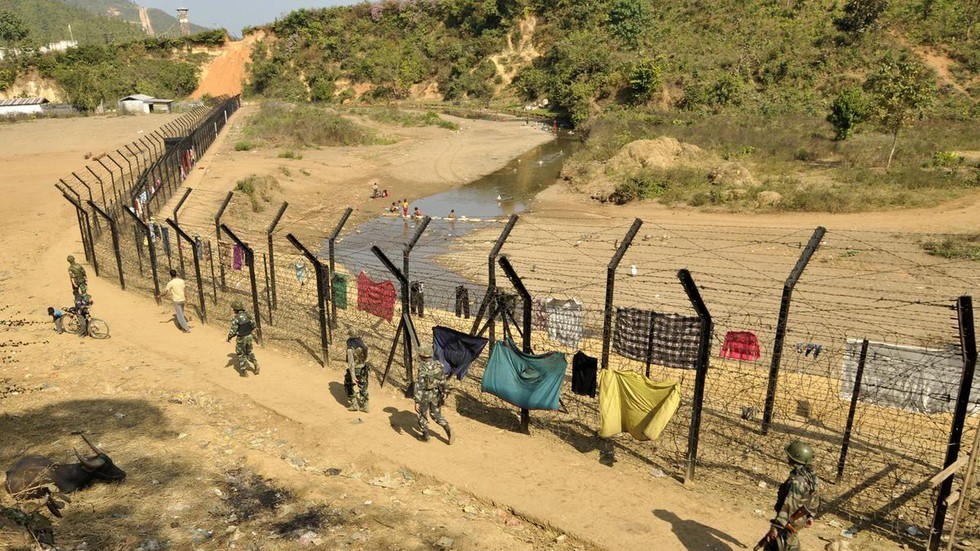
Free Movement Regime

29.03.2025
Free Movement Regime
|
For Prelims: About Free Movement Regime (FMR) |
Why in the news?
Union Home Minister Amit Shah had announced that the Free Movement Regime (FMR) along the India-Myanmar border would be scrapped.
Key Points:
- In February 2024, Union Home Minister Amit Shah announced that the Free Movement Regime (FMR) along the India-Myanmar border would be scrapped.
- The decision was reportedly influenced by former Manipur CM N. Biren Singh, who blamed unregulated cross-border movement for fueling ethnic conflict in Manipur.
- However, Mizoram and Nagaland opposed the decision, and no official notification or bilateral agreement has been made yet.
- The FMR was introduced in 1968 and initially allowed movement up to 40 km, later reduced to 16 km in 2004, with additional regulations enforced in 2016.
About Free Movement Regime (FMR)
- The FMR is a bilateral arrangement between India and Myanmar that permits unrestricted movement within 16 km on either side of the 1,643 km Indo-Myanmar border (IMB).
- Eligibility: Any member of the hill tribes (whether an Indian or Myanmar citizen) can cross the border with a border pass valid for one year and stay for up to two weeks per visit.
Objective:
- To maintain historical, cultural, and social ties between the trans-border communities.
- To boost local trade and facilitate familial visits.
- To serve as a unique case of cross-border cooperation under India’s Act East Policy.
Implementation:
- Introduced formally in 2018, although the movement existed informally for centuries.
- Inspired by India's Act East Policy, which aims to strengthen ties with Southeast Asian nations.
Source: The Hindu
Which of the following statements regarding the Free Movement Regime (FMR) between India and Myanmar is/are correct?
1. The FMR allows unrestricted movement within 16 km on either side of the Indo-Myanmar border.
2. Only Indian citizens residing near the border are eligible to use the FMR.
Which of the statements given above is/are correct?
A.1 only
B.2 only
C.Both 1 and 2
D.Neither 1 nor 2
Answer A